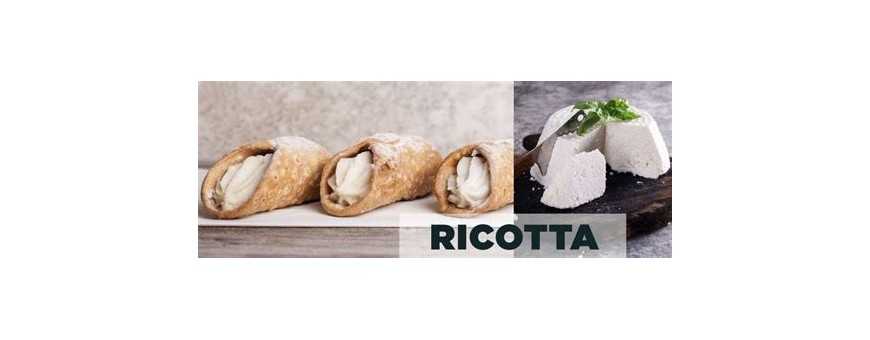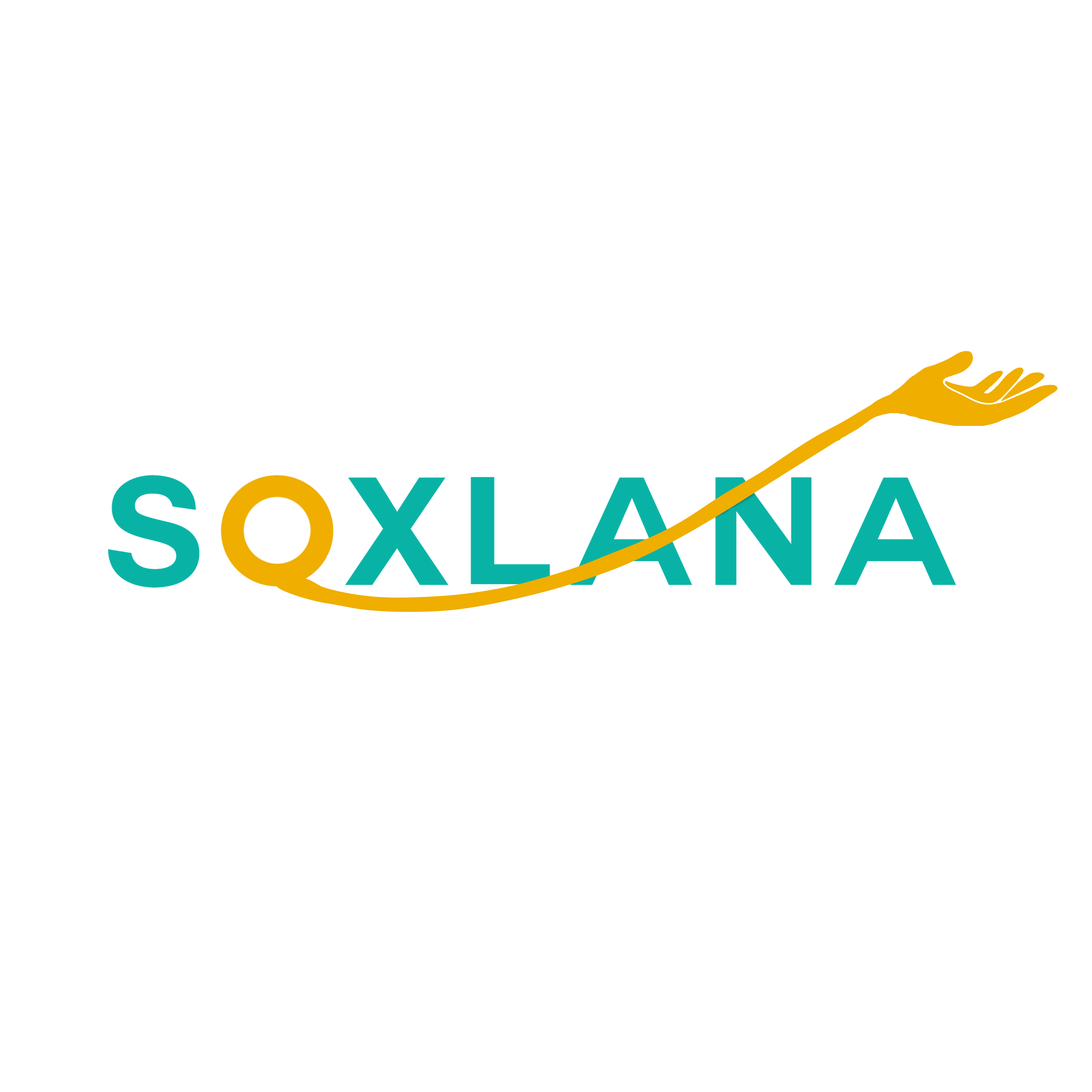Sorry for the inconvenience.
Search again what you are looking for
SOXLANA offers you everything you need. Be satisfied first and then pay later.

Ricotta is the common name for a dairy preparation of Italian origin of fresh cheese available in almost all regions of Italy.
Ricotta is widely used and made in Italy but the appellation is also used commercially in other countries accompanied by cheeses made according to recipes sometimes far from that of origin because this appellation is part of the public domain and is not subject to of no protection, it can therefore be used throughout the world for different cheeses.
Definition
The Canadian Dairy Commission defines cheeses using the designation “ricotta” as made from whole or partially skimmed milk and not from whey6, primarily buffalo and sheep milk, but also goat or cow milk. The production is done in two phases, renneting and curdling.
For renneting, the milk is first warmed to its natural temperature of around 35-38 ° C and is acidified with an acidic product such as lemon juice or vinegar. These are the seroproteins contained in the liquid part of the milk which separate from the whey during precipitation or curdling. Unlike the “rennet curd” which is not cooked, the second phase consists of cooking the “ricotta curd” at around 80 to 85 ° C for 15 to 20 minutes to obtain the final preparation recovered by surface flushing. The proteins concerned are, in particular, albumin and globulin. The cooking is stopped for 5 min to consolidate the surface layer which is separated by decantation of the whey or whey. It is this fresh paste which is the basis for preparing all classic cheeses which also undergo maturing. Here, it is ricotta which is collected to be placed in wicker baskets or tapered faisselles to allow the final draining of the whey for a day, to be then put to dry in a cool room.
Methods of obtaining
Several production methods exist depending on the country, the target quality and the available milk or whey.
An example: the whey is heated between 15 and 20 minutes at around 80 to 90 ° C (ricotta in Italian means “annealed”) to trigger flocculation. The flakes (protein albumin and globulin) are collected by means of a skimmer and poured into wicker baskets (if not marketed) or plastic for draining. New techniques use the salt saturation reaction to improve yield. The portion coagulated by heating is placed in perforated containers to allow the flow of excess liquid.
Industrial production
Like all whey cheeses, industrial ricotta is a way to take advantage of the product resulting from the manufacture of rennet milk cheese: whey (or whey or whey). The raw material is therefore this necessarily fresh dairy product.
As the name “ricotta” is in the public domain, the production recipes differ according to the breeders and cheesemakers, the artisan cheesemakers or the dairy factories. Many of these preparations provide for some incorporation of milk and / or water during the cooking phase, generally at 40−55 ° C, but the whey always remains in the majority quantity to make ricotta.
Consumption
The best period for its consumption is from June to September (placing in the meadow of the animals) after a ten-day ripening. When it is industrial, with the seasonal adjustment of intensively farmed livestock providing uninterrupted milk, it can be produced year round.
It can be eaten as is, salty or sweet, dried or smoked to be used grated, raw or cooked, it is used in the preparation of many dishes of Italian or Maltese cuisine.
Ricotta is almost always made in molds with the typical shape of a truncated cone and sold fresh in this form.
Nutrition
Ricotta is low in fat (about 8-24% total weight, 40% dry weight) and can therefore be used in many lean diets. It provides between 130 and 240 kcal per 100 g.
Search again what you are looking for
This website uses cookies. By continuing to browse the site, you accept our use of cookies. En savoir plus ici.
